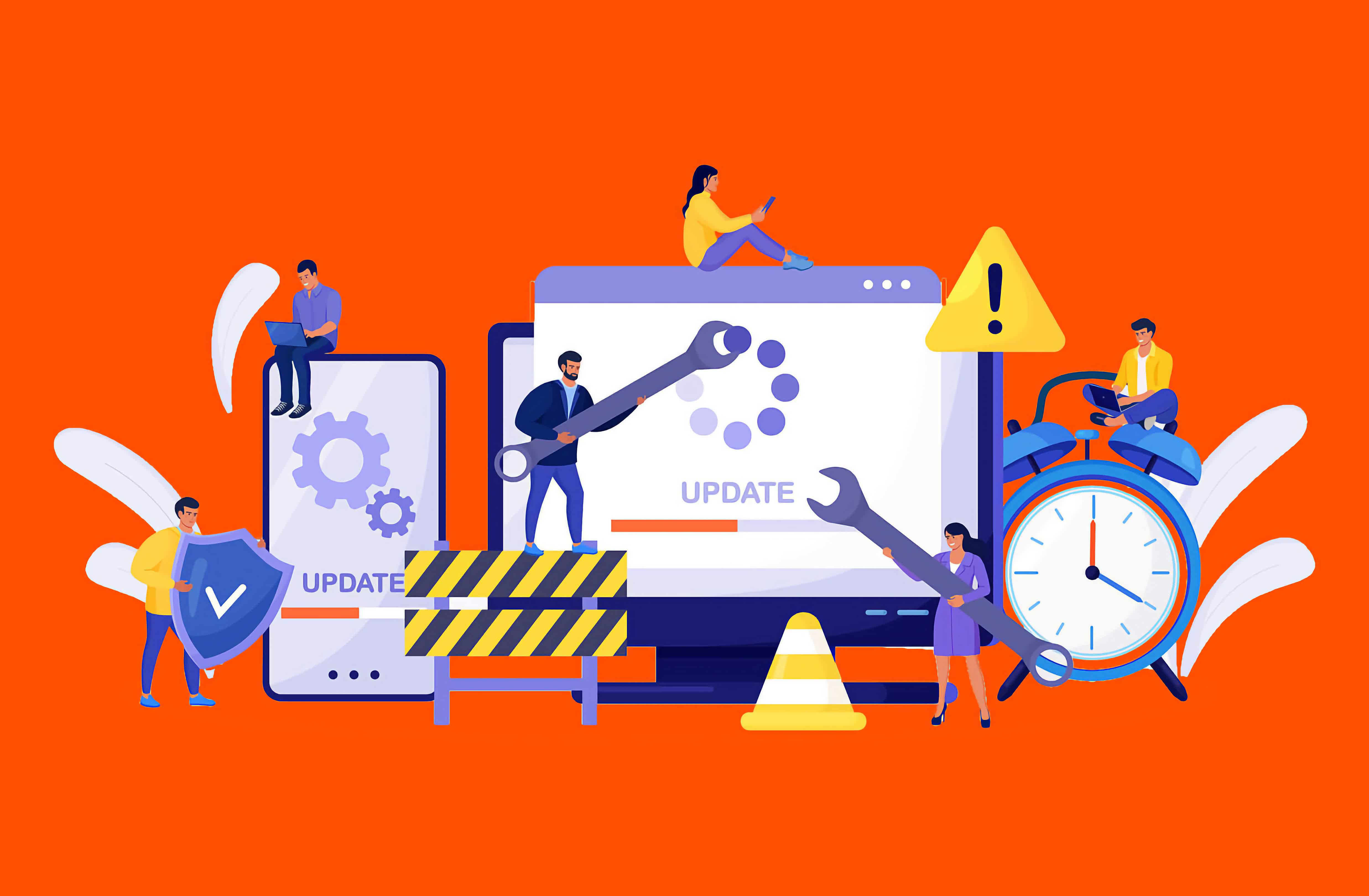Failover vs. Failback: Two Disaster Recovery Methods
A key distinction in the realm of disaster recovery is 关键字1the one between failover and failback. Both terms describe two sides of the same coin, complementary processes that are often brought together. However, their effects and purposes couldn't be more different. Both play critical roles in ensuring business continuity and disaster recovery, making it essential to understand what they are and how they differ. Failover is a business continuity operation that ensures continued access to a system by fully transitioning to another instance of that system. This secondary system is designed to be resilient, ideally unaffected by the event that compromised the primary system. Put simply, failover occurs when connectivity is switched from one system instance to another. This can happen in various ways, including: Editor's Note: The critical point about failover is that it involves a complete migration of logical or physical access from the primary system, server, or hosting location to a secondary one. While other processes, such as load balancing, may distribute partial connectivity between system instances or components, they do not qualify as failover because they do not represent a full cutover. Failback is the quintessential disaster recovery operation. It involves a full migration back to the production status quo – a recovery if you will – at the validated conclusion of a disaster. Failback occurs when a system reverts back to the primary environment after the root cause of a disruption has been addressed. In practice, this looks like a failover, but in reverse. Once the primary system is restored, access is pointed to that system, and the standby is deactivated. This reversion is a critical distinction. Some organizations may have complete standby systems for critical applications, which permit full operations on the standby system. In that case, the standby can rightfully be considered the primary and the repaired former primary the new standby. Failover is critical in a business continuity event because it keeps operations running. By having a system to which your business can transition when a primary system is unavailable, you're able to continue doing business. People can work, revenue streams are preserved, and customers can be served. Without failover, these functions could grind to a halt, leading to significant disruption. Many organizations depend on technology for critical processes, and when those processes are unavailable, analog alternatives may be insufficient or entirely obsolete. Failover ensures that even in a disaster, the business keeps moving. Failback comes into play once the need for failover ends. As the disaster is resolved, failback allows the organization to return to normal operations. Typically, failback is necessary when the standby system cannot sustain operations as effectively as the primary system. For instance, a standby system may not be a full replica of the primary system and might be designed only for temporary use during an emergency. For mission-critical systems, some organizations may build a standby system that is a full replica of the primary. While costly, this approach mitigates the risks of diminished functionality during disasters. In an ideal world, every business would maintain two fully operational environments: a primary environment and an identical standby environment. This setup would allow for seamless transitions during disasters, ensuring that business operations are completely unaffected. However, that model can effectively double an IT budget: two sets of endpoints, two sets of servers, two sets of cloud environments, two sets of data, staff to support that both in IT and business operations, etc. It's costly and inefficient for any company, to the point where no company truly maintains that support model. Instead, most organizations opt for a failover and failback model because it balances cost and efficiency. With this approach, the standby environment is designed to sustain critical operations during a disaster, even if it's not as robust as the primary system. This makes it more economical, less work is duplicated, and the risk of data loss or impact is lower. It's crucial to maintain a well-designed secondary environment. Cutting costs too deeply on a standby system can result in inefficiencies or financial losses if critical operations are disrupted. Striking the right balance between cost and functionality is key. If uninterrupted business operations are essential, then a strategic failover and failback plan is not optional – it's a necessity.What is Failover?

This guest blog post was written by the staff at Pure Storage, an US-based publicly traded tech company dedicated to enterprise all-flash data storage solutions. Pure Storage keeps a very active blog, this is one of their "Purely Educational" posts that we are reprinting here with their permission.What is Failback?

The Role of Failover and Failback in Disaster Recovery

The Benefits of Leveraging Both Failover and Failback

- 最近发表
-
- 2025高中语文名著必读 值得推荐的有哪些
- Best headphones deal: Save $120 on Sony WH
- Spain target Nations League defence
- “粤贸全国”双展同日启幕 粤企“聚光”海内外
- อุตุฯ เผยไทยตอนบนมีฝนตกหนักบางแห่ง
- 萨罗斯工作室新作《归环》首支PV发布!两大核心亮点首次公开
- Ultra clear Liquid Glass look for the iPhone is wild. Here's how to get it
- 厨余垃圾处理的意义和必要性
- 科技感十足,新型智能垃圾箱房亮相天津
- 垃圾分类小课堂茶叶渣属于什么垃圾
- 随机阅读
-
- Yamaha NVX thế hệ mới bất ngờ xuất hiện tại Việt Nam
- Intel Drop: Behind
- 林峯现身上海ifc人气爆棚 点亮「缤纷欧普艺术乐园」开幕仪式
- 陈忱:悬疑世界的“完美灾难”:观90后作家的文学突围
- 阴阳师且试新妆活动玩法介绍 阴阳师且试新妆活动怎么玩
- 林峯现身上海ifc人气爆棚 点亮「缤纷欧普艺术乐园」开幕仪式
- 国产科幻机甲游戏《解限机》定档7月2日公测,登顶Steam国产游戏愿望单榜首
- 视频通过去:百亿哪吒娱乐圈破防
- 2025中华经典是指哪些书 国学经典名著书单
- 萨罗斯工作室新作《归环》首支PV发布!两大核心亮点首次公开
- 超维计划开服最新福利兑换码分享
- 《浮月》PC版下载 Steam正版分流下载
- H.E.R.O.全地图怎么过
- 加快培育新质生产力,助推零碳能源产业“新增长极”
- 《剑星》体模扫描设备大幅升级 油腻师姐将更逼真
- 数学教研组工作总结汇编[5篇]
- 浦东举办上海城市业余联赛“火焰蓝杯”定向赛
- 探索智能化垃圾分类新模式,实现“无接触”投放
- 陈忱:悬疑世界的“完美灾难”:观90后作家的文学突围
- 中西结合版本的家常菜:杭椒黑椒汁烩牛柳
- 搜索
-
- 友情链接
-